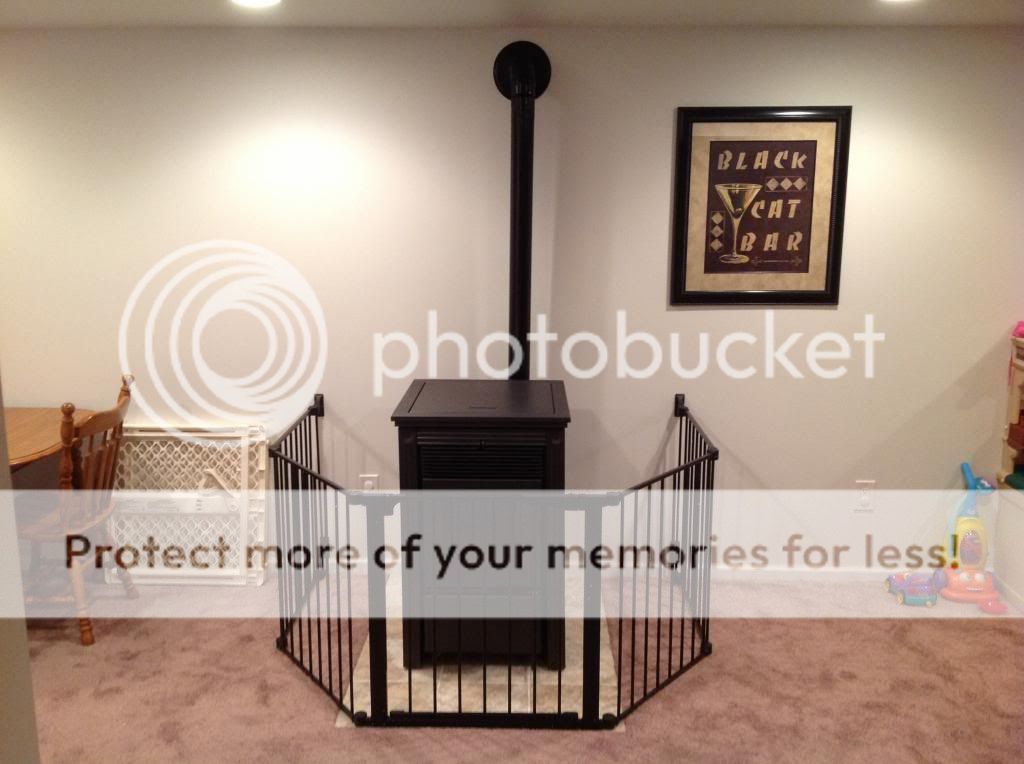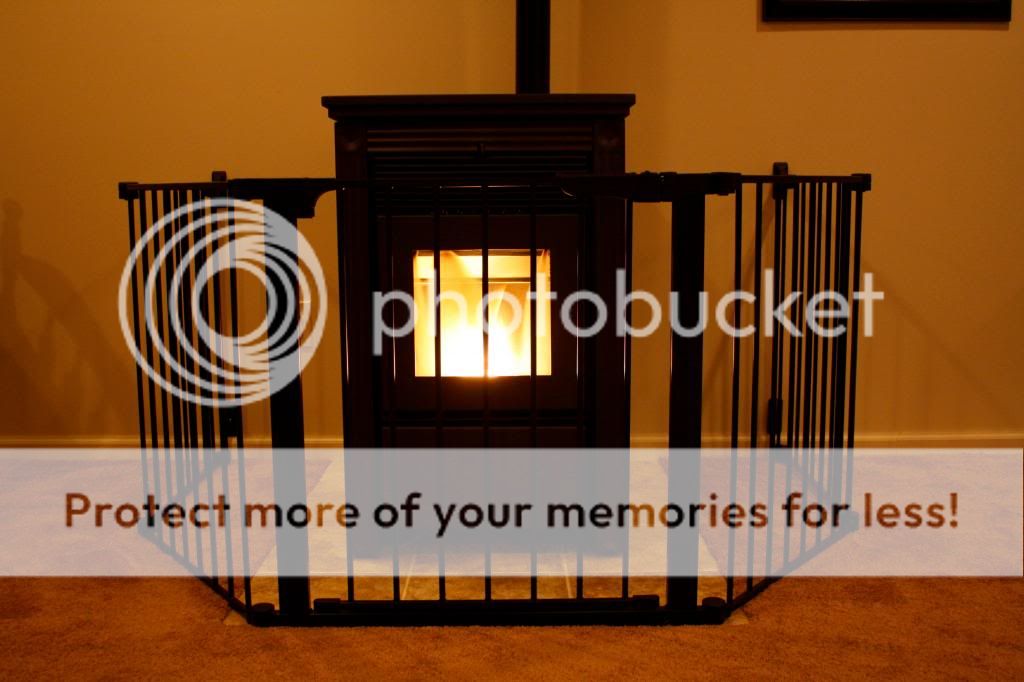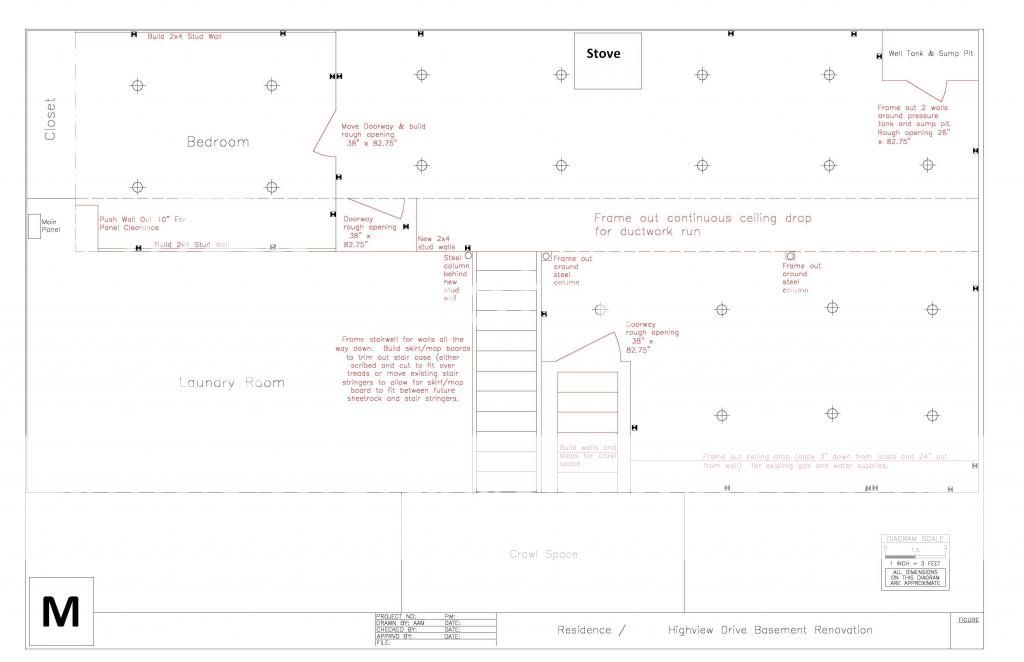I am currently running a BOSCA 500 Classic with OAK on a programmable thermostat in on/off mode.
Because the proof of fire (POF) switch tells the main board how long the exhaust blower will run during a normal shut-down sequence I am considering going to an adjustable type switch or at minimum going to switch that will actuate at a lower temperature, thereby letting the exhaust blower run a little while longer during normal shutdown.
I’d like to do this in order to reduce the chance of having any smoldering pellets remaining in my burn pot after a normal shutdown sequence is complete.
Because I am using an OAK, cold air is being drawn in across the burn pot during a shut-down sequence. My thinking is that this cold winter air could lower exhaust temps to the point that my stock POF switch thinks that the fire in the burnpot is completely out and snap open, thereby telling the main board to complete the stove shutdown sequence and turn off the exhaust blower. However, if there happens to be a small amount of smoldering pellets in the burnpot, a smoke-back situation could occur into the house.
All in all, I’m just seeking some extra exhaust blower time during a normal shutdown.
Thoughts comments appreciated!
Because the proof of fire (POF) switch tells the main board how long the exhaust blower will run during a normal shut-down sequence I am considering going to an adjustable type switch or at minimum going to switch that will actuate at a lower temperature, thereby letting the exhaust blower run a little while longer during normal shutdown.
I’d like to do this in order to reduce the chance of having any smoldering pellets remaining in my burn pot after a normal shutdown sequence is complete.
Because I am using an OAK, cold air is being drawn in across the burn pot during a shut-down sequence. My thinking is that this cold winter air could lower exhaust temps to the point that my stock POF switch thinks that the fire in the burnpot is completely out and snap open, thereby telling the main board to complete the stove shutdown sequence and turn off the exhaust blower. However, if there happens to be a small amount of smoldering pellets in the burnpot, a smoke-back situation could occur into the house.
All in all, I’m just seeking some extra exhaust blower time during a normal shutdown.
Thoughts comments appreciated!


 low limit.
low limit.






